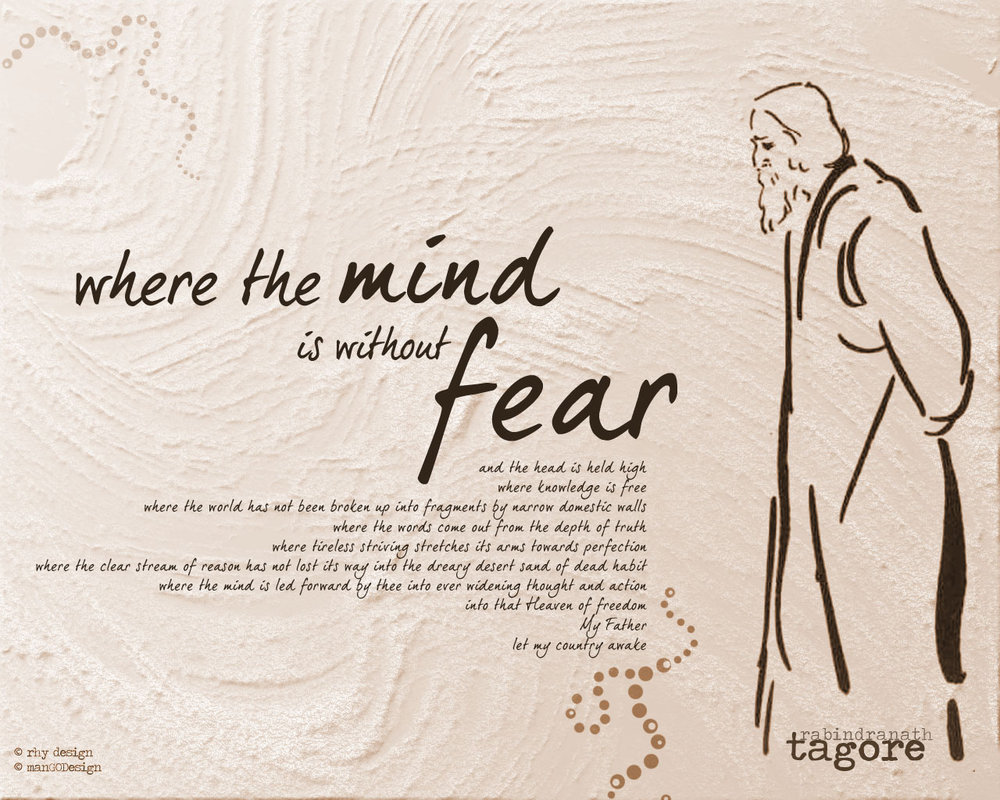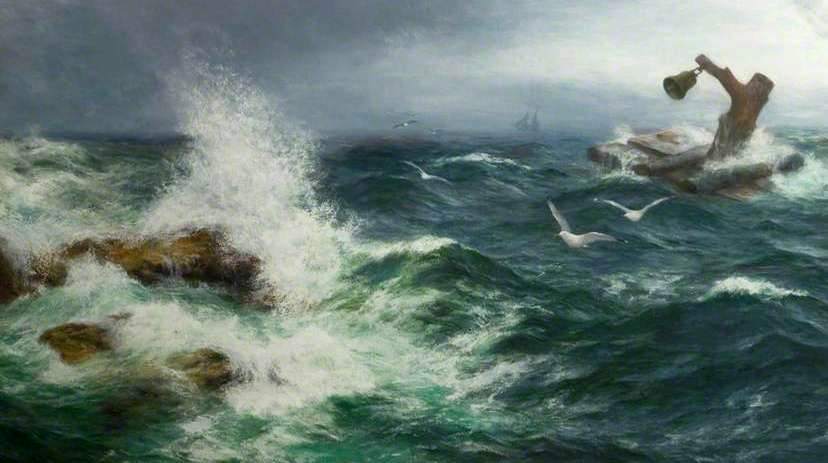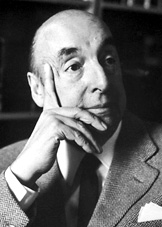This poem analysis is divided into three parts – context, rhyme scheme and rhetorical devices, and poet’s (in this case Brooke’s) ideology.
Context: This part of the poem explanation focuses on both the context of publication, and the context of writing ‘Peace’. All of the five famous war sonnets of Rupert Brooke (mentioned in the poem ‘summary’ of ‘Peace’) were written between December 1914 and January 1915, and were published in Brooke’s collection of poetry entitled 1914 & Other Poems, that was published in the year 1915. After the First World War broke out in September 1914, the world began to see death and destruction at a larger scale than it had ever seen before. Brooke saw that for the first time too. This novelty is what made him attribute to war the ability to evoke the awareness of wrongs, or to inspire youthful minds to great thoughts and even greater activities. This differential opinion of war, ignoring its adverse effects on humanity, is the most striking feature of the poem ‘Peace’.
Rhyme Scheme and Rhetorical Devices: ‘Peace’ is a sonnet. A sonnet consists of fourteen lines divided into an eight-line unit known as an octet, and a six-line unit known as a sestet. The octet and sestet can together form a single stanza, or appear as two separate stanzas (which is the case in ‘Peace’). Sonnets typically occur in two types of rhyme schemes – in the pattern ABBA ABBA CDE CDE , known as the Petrarchan sonnet, or in the pattern ABAB CDCD EFEF GG, known as the Shakespearian sonnet. In ‘Peace’ neither of these patterns is followed in its entirety. The rhyme scheme of ‘Peace’ is as follows: ABAB CDCD EFG EFG. Thus it is an atypical sonnet.
One eye rhyme occurs in ‘Peace’ – that of the word “move” in the sixth line, and the word “love” in the eighth line. Though these words are not pronounced in the same way, three of the four letters making up each word are common, and their positions are also corresponding, making them appear rhyming to the eye while simply reading the poem and not having it recited.
Brooke uses the rhetorical device of personification, in which a non-living object is endowed with the qualities of a human being, and the first letter in the word that is to be personified is written in upper case. ‘Death’ is here personified. Death is an abstract noun, and therefore, we cannot actually see it physically taking hold of the soldiers and wrenching out their lives. However, Death is a powerful agent for Brooke in that it brings peace while depriving soldiers of the ability to keep breathing. For this reason Death is personified by Brooke.
Poet’s (Brooke’s) ideology: The fact that Brooke writes about the youth of his generation in ‘Peace’ ought to be taken into careful consideration in this poem analysis. He identifies himself with the youth for a very simple reason – he, too, is a young man. His blood also boils at the thought of such a thrilling experience at fighting in a war. A reading of ‘Peace’ will give us the sense that Brooke was a courageous and enterprising young man, all ready to fight in the battlefield. But investigation into his life reveals that he was faced with a deep dilemma when the First World War broke out, and took quite some time to make up his mind to join the army. He ultimately did do so but never actually saw action— he died in April 1915, developing sepsis on a journey across the Mediterranean towards Gallipoli in Southern Turkey. He never saw his fellow soldiers dying in his arms, never experienced the agony of their families who had lost a good son or brother or husband. It is because of this that he could ignore the ravages of war, and focus on the ideological awakening that war caused in youthful minds like his.
Dear Readers- If this summary/analysis has helped you, kindly take a little effort to like or +1 this post or both. Make sure you like Beamingnotes Facebook page and subscribe to our newsletter so that we can keep in touch. We’ll keep informing you about stuffs that are really interesting, worth knowing and adds importance to you.
Some online learning platforms provide certifications, while others are designed to simply grow your skills in your personal and professional life. Including Masterclass and Coursera, here are our recommendations for the best online learning platforms you can sign up for today.
The 7 Best Online Learning Platforms of 2022
- Best Overall: Coursera
- Best for Niche Topics: Udemy
- Best for Creative Fields: Skillshare
- Best for Celebrity Lessons: MasterClass
- Best for STEM: EdX
- Best for Career Building: Udacity
- Best for Data Learning: Pluralsight
















